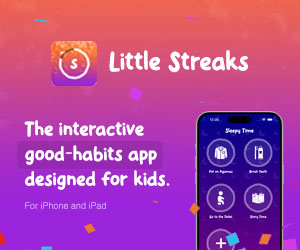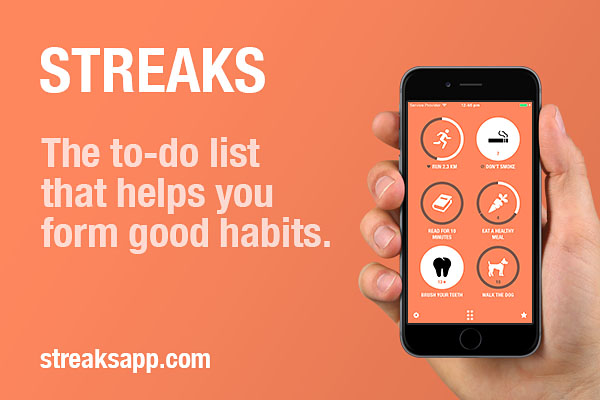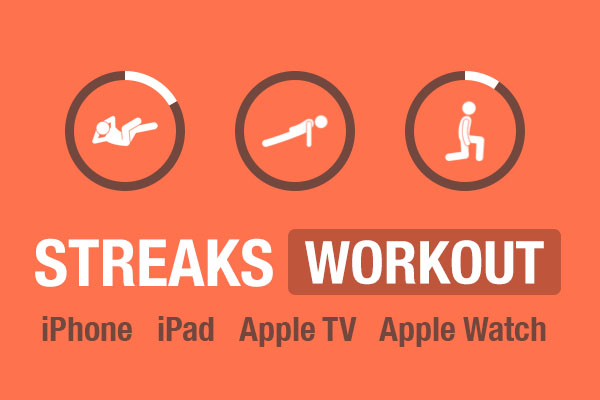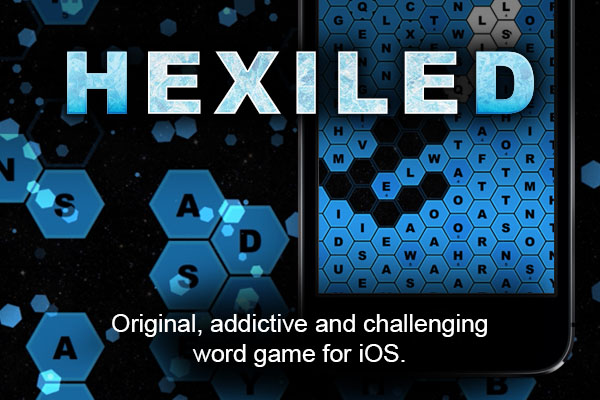tf247
Last year
Structured O v Fundamentals in Juinor Clubs
Interested to see what other coaches/parents experiences are at other juinor clubs when it comes to what is the direction from the club when it comes to implementing a structured offense vs teaching fundamentals through motion and read/react?
I have been observing my kid who is in his vjbl u12 team (2s) at a mid tier club who focus on basic motion princples (pass/cut/replace, drive and kick etc) and I have been really happy with how much it has improved his skills and confidence as player, particually as a taller player getting to play all positions.
On the flip side his friends from his domestic team who play at a big club with a very structured offense (flow) have not improved as much and talking to parents they are unhappy as particular as a tall the kid is being put in one position to screen and rebound and that is basically it.
Now they are VC and winning games but is this the best long term options for the kids? Teaching them one position when we don't know what they will grow in to and in particular the modern game requiring everyone to have good IQ and all round skills?
I have also noticed this large club does not have as many state team selections as I would expect for the number of teams in VC, so I am also wondering if being so structured is having an impact on kids not being able to show the necessary skills in these type of tryouts given they are not a foucs of the club?
Anyway was interested to get other views of people who have seen the pros/cons of both sides of structured vs key concepts.






